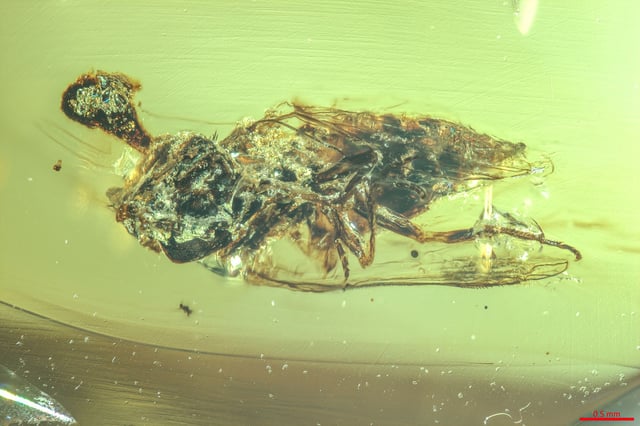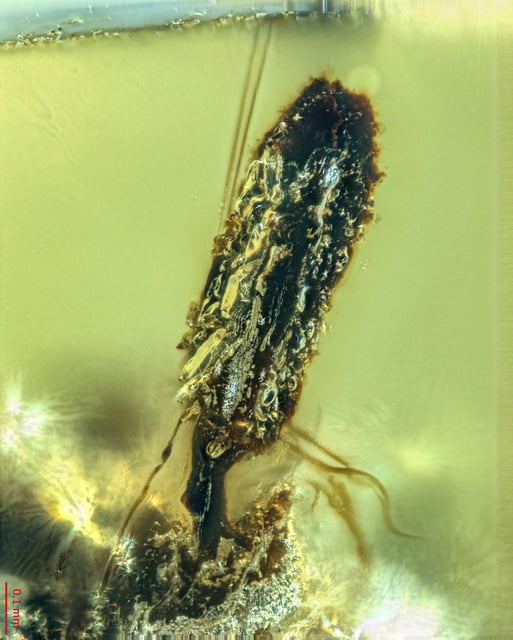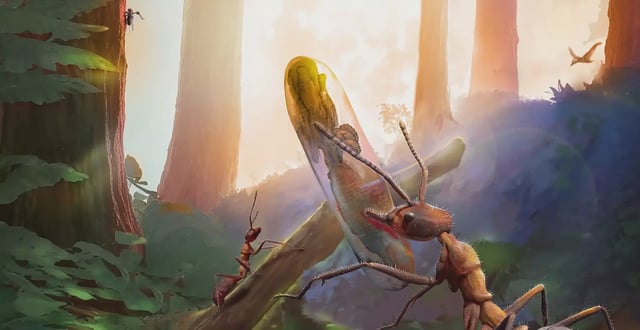Overview
- A June 11 paper in Proceedings of the Royal Society B details amber fossils showing Ophiocordyceps fungi erupting from an ant pupa and a fly.
- Researchers named two ancient species—Paleoophiocordyceps gerontoformicae on the ant and Paleoophiocordyceps ironomyiae on the fly—using optical microscopy and micro-CT imaging.
- The specimens reveal that Ophiocordyceps had diversified to infect multiple insect groups and likely played a role in regulating populations during the Mid-Cretaceous.
- Soft-bodied fungi rarely fossilize, making these amber inclusions among the oldest direct records of parasitic fungi manipulating insect behavior.
- The samples were acquired ethically from Myanmar amber markets before 2017, and ongoing analyses aim to shed further light on early insect–fungal ecological relationships.



